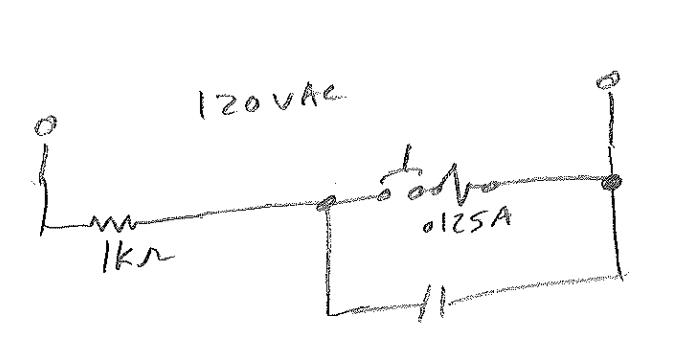buzzp
Electrical
- Nov 21, 2001
- 2,032
I trying to make heads or tails of a simple trip circuit. I have not seen a circuit such as this but they tell me the wiring is correct as shown in the drawing. Sorry for the crudeness of the drawing.
If the contact below the breaker closes, it trips the breaker. I am totally missing something if this is how it is actually wired. Sure the polarity reverses but at the same time, there is not potential difference across the breaker to develop a current. What is the theory of operation of this circuit? I am probably having a major brain malfunction as it has been a long couple weeks.
If the contact below the breaker closes, it trips the breaker. I am totally missing something if this is how it is actually wired. Sure the polarity reverses but at the same time, there is not potential difference across the breaker to develop a current. What is the theory of operation of this circuit? I am probably having a major brain malfunction as it has been a long couple weeks.


